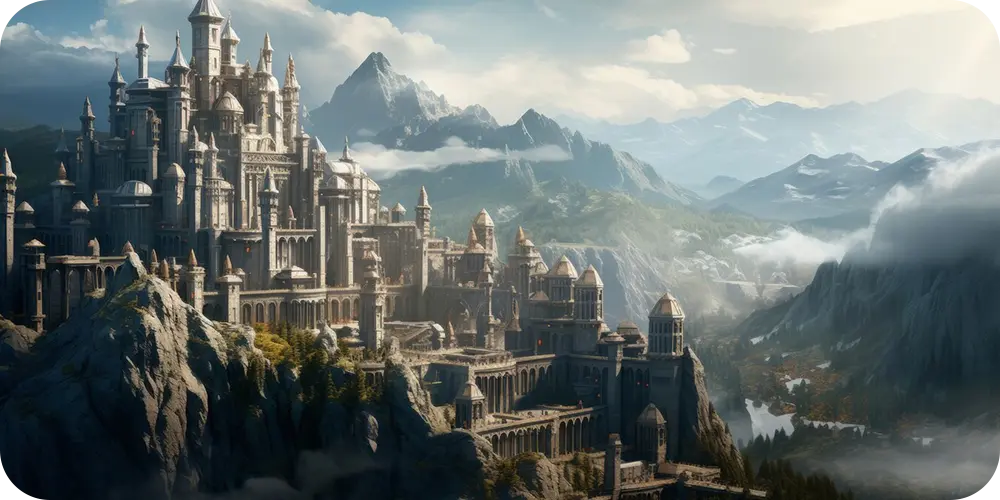Innovative Ideas: The Creation of the "Surface Caste" in David Kelly's book "Merida's Isekai Adventure"
Examining Merida’s Proposal for the "Surface Caste"
In David Kelly’s captivating novel “Merida’s Isekai Adventure,” the character Merida presents a groundbreaking idea – the creation of the “Surface Caste.” This proposal is not just a whimsical notion; it serves as a foundation for significant economic and social advancement within the dwarven society. Let’s delve into what this concept entails and how it might revitalize an entire community.
The Concept of the Surface Caste
At its core, the “Surface Caste” is about bridging the gap between the underground dwarven world and the surface realm. Merida envisions a society where dwarves can interact more freely and beneficially with the surface dwellers, fostering cultural exchange and economic opportunities.
- Cultural Exchange: Imagine dwarven artisans sharing their craftsmanship with humans, and surface dwellers introducing new technologies and farming techniques to the dwarves. This two-way street can lead to enriching experiences for both groups.
- Economic Opportunities: By allowing dwarves to expand their trade beyond traditional roles, the “Surface Caste” could open up new markets for local goods, paving the way for entrepreneurship and innovation.
In her proposal, Merida highlights these opportunities as a means to elevate the quality of life for dwarven society, encouraging them to step out of their comfort zones while embracing new ideas.
Implications for Economic and Social Advancement
The implications of implementing the Surface Caste are vast. It’s about more than just new trade routes or cultural knowledge; it’s about transforming how dwarves perceive their own potential in a rapidly changing world.
- Job Creation: New industries based on surface needs could emerge, requiring not only craftsmen but also merchants, marketers, and even educators to teach the newer concepts that come with surface life.
- Social Interaction: The proposal encourages a social shift, moving towards inclusivity, learning, and collaboration. As dwarves engage with surface dwellers, they begin to challenge long-held stereotypes and build friendships that can last generations.
This normalization of interactions can also lead to a decline in ancient practices that may no longer serve a purpose in this new integrated society.
How Innovation Can Lead to Revitalization
Innovation is at the heart of Merida’s vision for the Surface Caste. By embracing new ideas and practices, dwarven society can rejuvenate itself in several key ways:
- Inspiring Creativity: Exposure to different cultures and ideas will inspire dwarven artisans to innovate, potentially leading to unique blends of craftsmanship that can capture the market’s imagination.
- Problem Solving: Collaborating with surface dwellers can address longstanding issues, such as resource depletion. For example, surface agriculture could alleviate some of the pressures on dwarven mining, creating a more sustainable approach to their needs.
- Educational Advancements: Establishing schools and learning initiatives between the two communities would benefit everyone. Dwarves could learn from surface knowledge, while also passing on their own expertise in mining, metalwork, and more.
This revitalization through innovation ultimately strengthens not just the economy but also the social fabric of dwarven societies.
Conclusion
Merida’s proposal for the “Surface Caste” offers a thoughtful approach to rejuvenating dwarven society through innovative ideas and cultural synergy. By stepping into a world where they can interact freely with others, dwarves can chart a more prosperous and inclusive path forward. The journey towards this new caste is still unfolding, filled with challenges and triumphs, but the possibilities are indeed exciting.
“It’s not just about changing the landscape; it’s about transforming hearts and minds.”
As readers, we should take inspiration from Merida’s ideas and think about how we can foster connections in our own communities, blending old traditions with new innovations for a brighter future.

